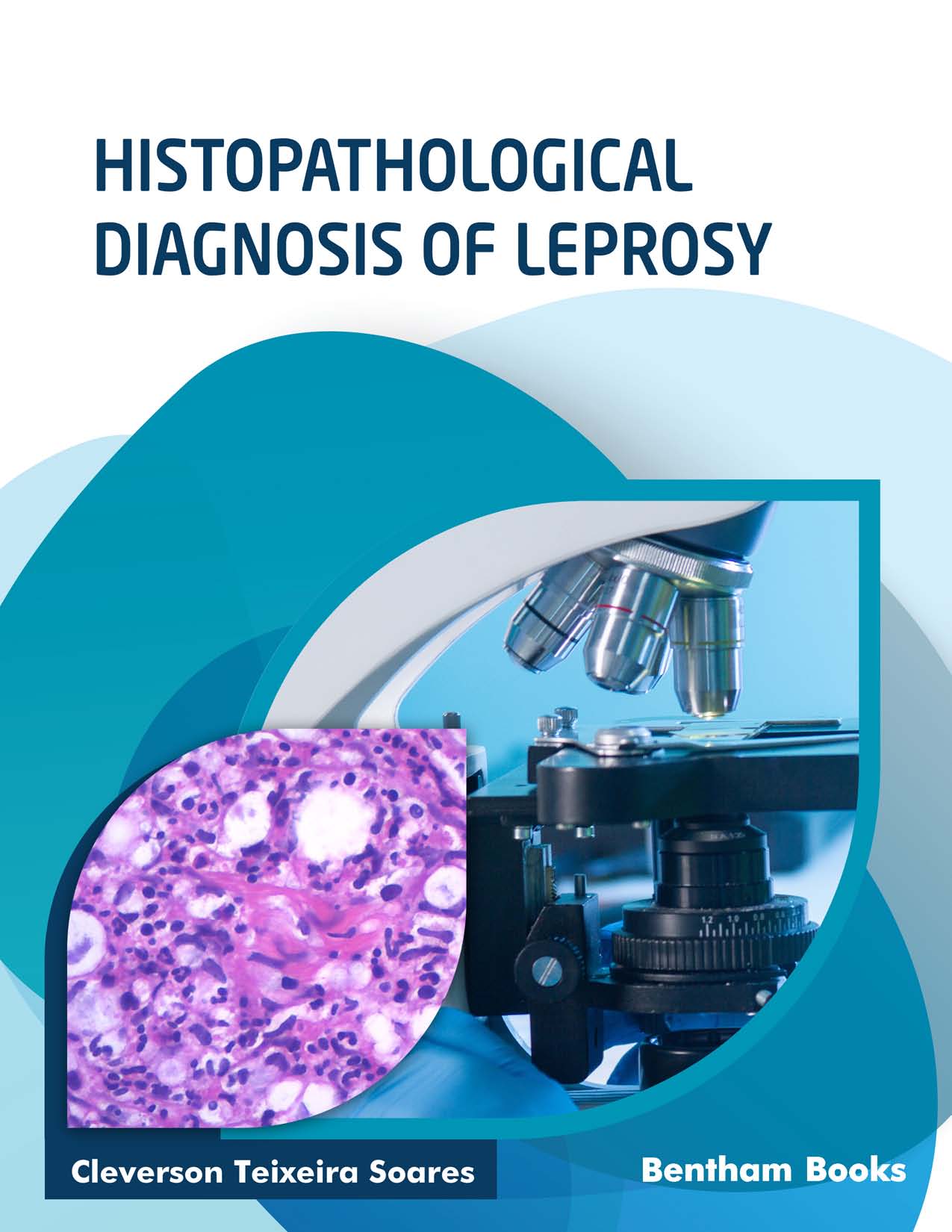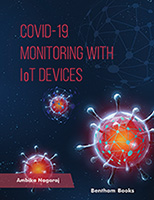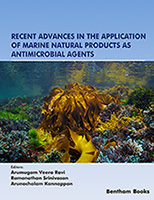Introduction
Histopathological Diagnosis of Leprosy, is a comprehensive guide to the medical pathology of Hansen’s disease, which is a complex and clinically challenging infection caused by Mycobacterium leprae. Readers will find 8 chapters on key topics on the subject including general aspects of leprosy, different forms of leprosy (polar, borderline, etc.), reaction types and complications. The information presented in the handbook will equip the reader with the knowledge required to identify the disease in patients and perform differential diagnosis where required.
Key Features:
-8 chapters dedicated to key topics about leprosy and its diagnosis.
-More than 200 figures featuring over 1000 clinical and histopathological photographs
-Complete information about differential diagnosis and reaction phenomena
-includes a section dedicated to special and complicated cases
-References for further reading
-Brings the expertise of renowned physicians to the reader
The detailed presentation of the book is of great value to both healthcare professionals (pathologists, dermatologists, physicians) who are involved in the care of leprosy patients, and medical residents who are seeking information about the disease as part of their medical training.





